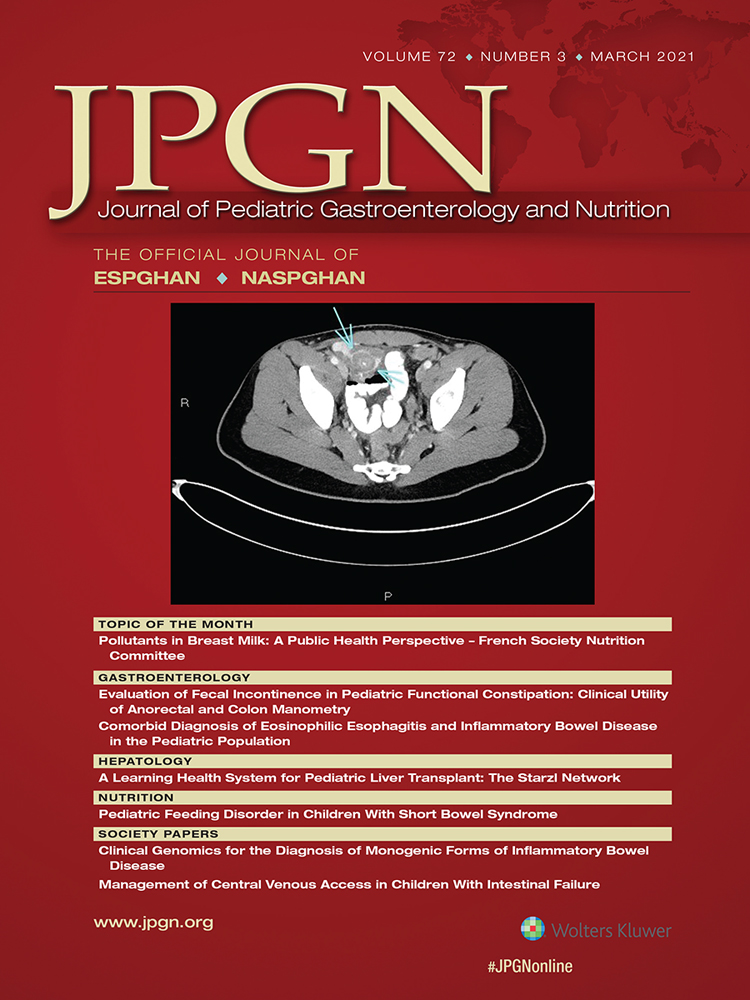A Learning Health System for Pediatric Liver Transplant
The Starzl Network for Excellence in Pediatric Transplantation
Sources of funding: This work was supported by Citrone 33, through their founding gift to the Starzl Network for Excellence in Pediatric Transplantation.
The authors report no conflicts of interest.
ABSTRACT
Objective:
Learning health systems (LHS) integrate research, improvement, management, and patient care, such that every child receives “the right care at the right time…every time,” that is, evidence-based, personalized medicine. Here, we report our efforts to establish a sustainable, productive, multicenter LHS focused on pediatric liver transplantation.
Methods:
The Starzl Network for Excellence in Pediatric Transplantation (SNEPT) is the first multicenter effort by pediatric liver transplant families and providers to develop shared priorities and a shared agenda for innovation in clinical care. This report outlines SNEPT's structure, accomplishments, and challenges as an LHS.
Results:
We prioritized 4 initial projects: immunosuppression, perioperative anticoagulation, quality of life, and transition of care. We shared center protocols/management to identify areas of practice variability between centers. We prioritized actionable items that address barriers to providing “the right care at the right time” to every pediatric liver transplant recipient: facilitating transparency of practice variation and the connection of practices to patient outcomes, harnessing existing datasets to reduce the burden of tracking outcomes, incorporating patient-reported outcomes into outcome metrics, and accelerating the implementation of knowledge into clinical practice. This has allowed us to strengthen collaborative relationships, design quality improvement projects, and collect pilot data for each of our priority projects.
Conclusions:
The field of pediatric liver transplantation can be advanced through application of LHS principles. Going forward, SNEPT will continue to unite patient advocacy, big data, technology, and transplant thought leaders to deliver the best care, while developing new, scalable solutions to pediatric transplantation's most challenging problems.




